Bridges
A bridge is a special kind of denture where the artificial tooth or teeth is fixed to natural teeth next to it. The two main different kinds of bridges are conventional bridges and resin-bonded bridges. For a conventional bridge, the neighbouring teeth are trimmed to support the bridge. As for the resin-bonded bridge, the artificial tooth/teeth are bonded to the neighbouring teeth by means of metal retainers known as “wings”.
Though the tooth structure has to be trimmed off, the advantage of the conventional bridge over the resin-bonded bridge is that it is stronger and can look better. One of the main causes of failure of a bridge is decay of the tooth/teeth supporting the bridge. Also, as the tooth is trimmed nearer to the nerve, there is always a chance that the tooth will “die off” eventually, leading to toothache and infection.
Illustration of conventional vs resin-bonded bridge
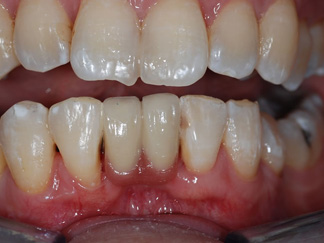 |
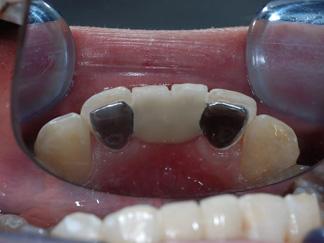 |
| A Resin Bonded Bridge used to restore missing teeth | back view of the resin bonded bridge |
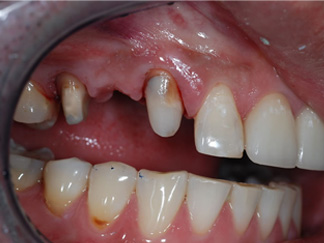 |
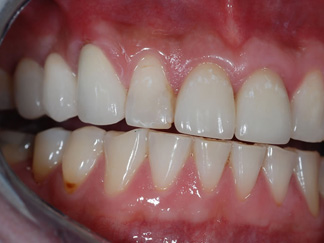 |
| Conventional Bridge has to trim teeth smaller | Conventional Bridge cemented |
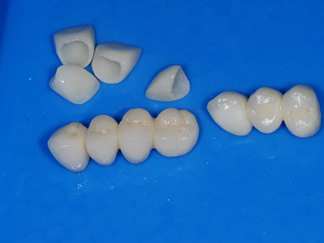 |
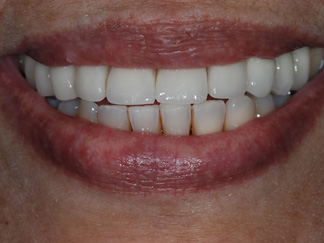 |
| Full Ceramic Crowns and Bridges | Cemented Full Ceramic Crowns and Bridges |
Though the tooth structure has to be trimmed off, the advantage of the conventional bridge over the resin-bonded bridge is that it is stronger and can look better. One of the main causes of failure of a bridge is decay of the tooth/teeth supporting the bridge. Also, as the tooth is trimmed nearer to the nerve, there is always a chance that the tooth will “die off” eventually, leading to toothache and infection.
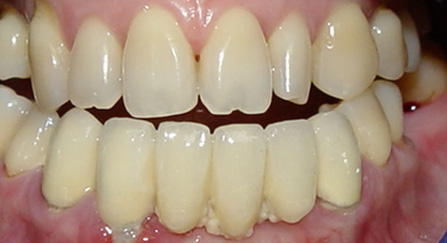
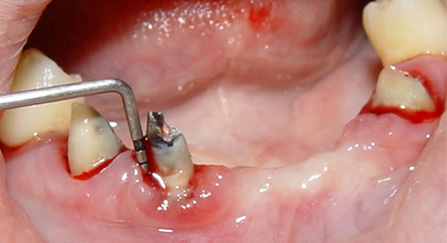
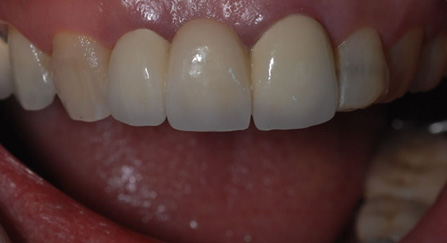
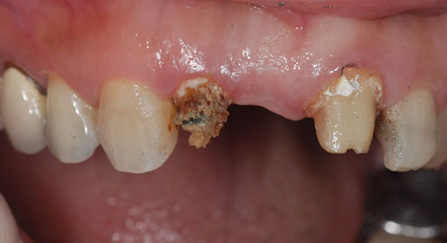
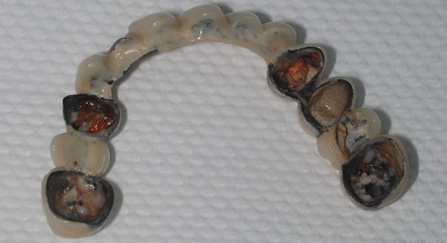
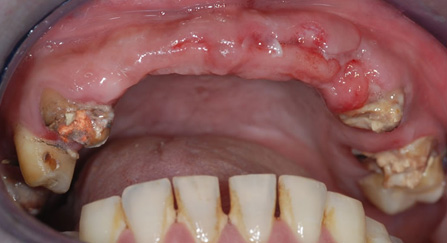
For a resin-bonded bridge, the trimming of the teeth is very minimal and is sometimes not noticeable. One of the greatest advantages of resin-bonded bridge is that it does not have to sacrifice much tooth structure for its fabrication. However, resin-bonded bridge is not as retentive as the conventional bridge, and when it does dislodged, it can create much embarrassment and inconvenience for the patient.
.With the advent of implant dentistry, we hardly have to cut down good intact teeth for the fabrication of conventional bridges anymore. Most of our conventional bridges now are retreatment of the failed bridges due to recurrent decay.
271 Bukit Timah Road, #B1-03 Balmoral Plaza,
Singapore 259708 (Nearest MRT station: Newton)
Mondays to Fridays: 9am to 6pm




